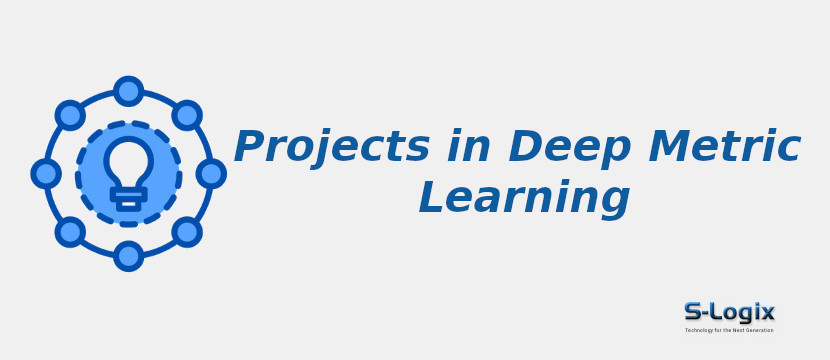Project Background:
Deep metric learning stems from the need to develop robust techniques for learning effective representations of data that can capture semantic similarities and differences between samples. Traditional machine learning methods often rely on manually engineered features or shallow learning models may struggle to capture complex relationships in high-dimensional data. Deep metric learning addresses this challenge by leveraging deep neural networks to automatically learn feature representations from raw data, optimizing them to be discriminative and semantically meaningful. By embedding data points into a high-dimensional feature space, deep metric learning aims to enforce that similar samples are closer together while dissimilar samples are farther apart, effectively defining a metric space where distances reflect semantic similarities. This enables tasks such as image retrieval, clustering, and classification to benefit from more informative and discriminative representations for improving performance in various applications such as image recognition, recommendation systems, and anomaly detection. The project mainly seeks to advance deep metric learning by exploring novel architectures, loss functions, and training strategies to learn effective and scalable representations to enable machines to understand better and interpret complex data.
Problem Statement
- Traditional methods struggle to learn high-quality representations of data that capture semantic similarities and differences between samples effectively.
-
Existing approaches often rely on manual feature engineering or shallow learning models, which may not fully exploit the complexity of high-dimensional data.
-
Discriminative embeddings need techniques that automatically learn from raw data, enabling more effective similarity measurements.
-
Scalability and generalization of large datasets well to unseen data ensure their applicability in real-world scenarios.
Aim and Objectives
- To develop effective techniques for learning discriminative representations of data in high-dimensional spaces through deep metric learning.
- Develop novel architectures and training strategies to learn more informative and discriminative data embeddings.
- Explore robust loss functions that optimize the embedding space to effectively capture semantic similarities between samples.
- Investigate techniques for improving the scalability and efficiency of deep metric learning methods for large-scale datasets.
- Evaluate the generalization capability of deep metric learning approaches across various tasks and domains.
- Validate the effectiveness of the developed techniques through rigorous experimentation and benchmarking against state-of-the-art methods.
Contributions to Deep Metric Learning
- Developed techniques to learn highly discriminative embeddings of data in high-dimensional spaces, capturing semantic similarities between samples effectively.
- Proposed novel loss functions and training strategies to optimize the embedding space power of learned representations.
- Explored methods to improve the scalability and efficiency of deep metric learning approaches, making them applicable to large-scale datasets.
- Investigated the generalization capability of deep metric learning methods across various tasks and domains, demonstrating their versatility and applicability.
- Validated the effectiveness of developed techniques through comprehensive experimentation and benchmarking against state-of-the-art methods, showcasing their performance improvements and contributions to the field.
Deep Learning Algorithms for Deep Metric Learning
- Siamese Networks
-
Triplet Networks
-
Contrastive Learning
-
Margin-based Loss Functions
-
Proxy-based Loss Functions
-
N-pair Loss
-
Lifted Structure Loss
-
Multi-Similarity Loss
-
Center Loss
-
NormFace
Datasets for Deep Metric Learning
- MNIST
-
CIFAR-10
-
CIFAR-100
-
ImageNet
-
Stanford Online Products
-
CUB-200-2011
-
Cars196
-
SOP (Stanford Online Products)
-
Fashion-MNIST
-
Market-1501
Software Tools and Technologies
Operating System: Ubuntu 18.04 LTS 64bit / Windows 10
Development Tools: Anaconda3, Spyder 5.0, Jupyter Notebook
Language Version: Python 3.9
Python Libraries:
1.Python ML Libraries:
- Scikit-Learn
- Numpy
- Pandas
- Matplotlib
- Seaborn
- Docker
- MLflow
2.Deep Learning Frameworks:
- Keras
- TensorFlow
- PyTorch
